Original Shingle
New Coating
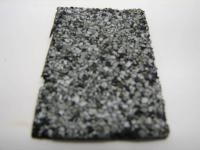
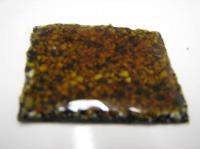
Energy Efficient Applications to Reduce Power Consumption
Original Shingle |
New Coating |
|
|
|
United Environment & Energy LLC in Horseheads, N.Y. has a bio-based roofing products.
Based on wasted cooking oils, adding ingredient that can be controlled by Infrared levels,
the new liquid polymer formed a new coating on conventional roofing materials like asphalt
shingles. Tuned the roof to reflective light/heat in Summer and reducing roof temperature
by 80 %, or to transmitive in Winter and increase roof temperatures up to 80 percent!
==>The main element probably is Vanadium which also applied in Passive Solar Windows,
Thermochromic Vanadium Oxide VO2, is used in the production of glass coatings, which blocks
infrared radiation (and not visible light) at a specific temperature.
Blocking heat to enter, henceforth the yellowish appearance.
All the Benefits of Smart Roof Coating:
1)Save Energy - Save fuel and electricity on heating and cooling.
2)Save Environments
i)Reduce emissions of volatile organic compounds from petroleum-based roofing products.
ii)Bio-based, provide a new use for millions of gallons of waste oil after it is used to cook
French fries and chicken nuggets.
3)Seasonal "intelligent" roof
Unlike white roof that reflect light in Summers and cold Winters, cost more heating in Winters.
New coating is intelligent to adjust to different environment and temperature.
4)Safety
New liquid polymer coating hardens into a plastic after application. It is odorless, non-flammable
and nontoxic.
5)Versatility
Depending on what additives are used, the coating can be in any shade, ranging from clear to black
2. Smart Solar Thin Film Windows:
BIPV Solar Low-e Glass!
Electric Power Generation + 90% Thermal Heat Shield!
1) 30% From Federal Government
Qualified for Federal 30% Renewable Energy Equipment purchase Tax Credit!
2) Thickness – 10.5mm glass on glass construction
0.5mm PV thin film thicker than regular Low-e glass!
3) Solar Glass for Sky light, Atrium, Sun room, Green Houses! 6 sizes in a-Si thin film coating
|
Origin |
Dimension |
Wattage |
IR+UV Cut |
Transitivity |
R-Value |
PV thin Film |
|
Japan |
39” x 38” |
52 watts |
90% |
10% by etching |
4.4 |
0.5mm |
|
Taiwan |
56” x 44” |
110 watts |
90% |
10% by etching |
5.6 |
0.5mm |
|
Taiwan |
102” x 83” |
360 watts |
90% |
10% |
5.6 |
1.14mm |
|
Taiwan |
102” x 43” |
180 watts |
90% |
10% |
5.6 |
1.14mm |
|
Taiwan |
51” x 87” |
180 watts |
90% |
10% |
5.6 |
1.14mm |
|
Taiwan |
51” x 43” |
90 watts |
90% |
10% |
5.6 |
1.14mm |
*U-value indicates the rate of heat flow due to conduction, convection, and radiation through a window as a result of a temperature difference between the inside and outside. The higher the U-factor the more heat is transferred (lost) through the window in winter. The units of U-value are: Btus per hour per square foot per °F (Btu/hr · ft2 · °F)
4) Solar Windows with Vinyl Frame – Coming soon!
Home Owners, Builders install the windows, connect wires to a micro inverter and plug into wall socket to provide direct 110VAC, single phase, True Sine wave power. Wire to nearest sub-panel to provide electricity.
5) Price for Solar Glass
- $5 and 10/watt, after tax credit $3.5 and 7/watt respectively for Taiwan and Japan made a-Si solar glass! XsunX CIGS solar glass claimed will sell at $0.80/watt but didn't have a final product yet.
6) Laser Etching can create Art Glass but need to meet min. quantity!
Samples from Art Glass:
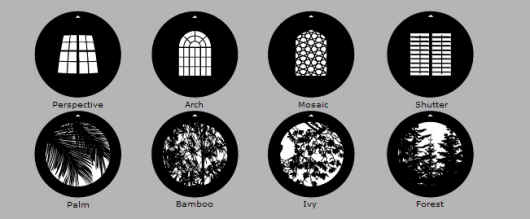
3.Pervious Concrete Pavement
With traditional concrete and asphalt paving, rainwater stays on the surface and runs into the storm sewers
After Hurricane Katrina, New Orland's new road construction adopting Pervious Concrete Pavement.
So the roads can absorb waters during flood, not totally relying on sewage system. Water is able to go down through them, and into the soil below.
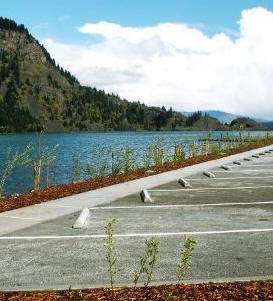
Read more here http://www.perviouspavement.org/
Alternative Plastisoil:
It was developed by Naji Khoury, an assistant professor of civil and environmental engineering at Temple University in Philadelphia. In order to make Plastisoil, discarded polyethylene terephthalate (PET) plastic bottles are pulverized and mixed with soil, and then that mixture is blended with a coarse aggregate and heated. The result is a hard yet non-watertight substance, similar to pervious concrete or porous asphalt.
Video Introduction:
http://www.youtube.com/watch?v=bhyfuEvWPOk
4. Recycled Outdoor pavement or parking blocks
1) Rubber Sidewalks or Playgrounds
Interlocked paver made from 100% recycled old tires, LEED points
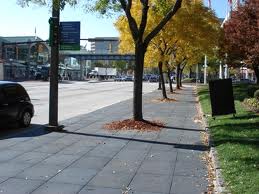
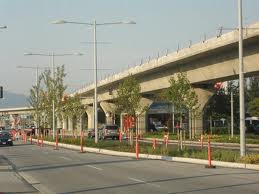
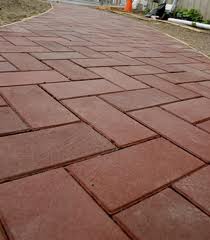
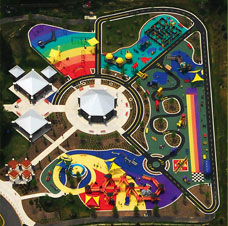
2) Plastic Parking Blocks -
Made from 100% Post Consumer Recycled Plastic Resin, LEED Qualified

Colorful Composite Plastic Parking blocks! Made In Korea!
Check out all levels of governmental or local inventive programs to install Energy Efficiency Products!
Purchasing Home Appliances with Energy Star labels to qualify for rebate or incentives!
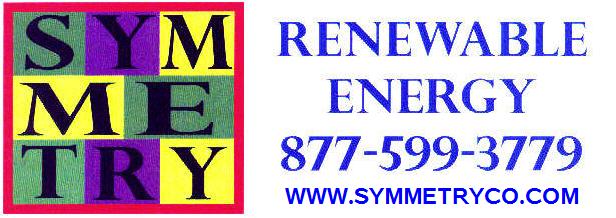
Material Right ©1998-2012, Symmetry Company!